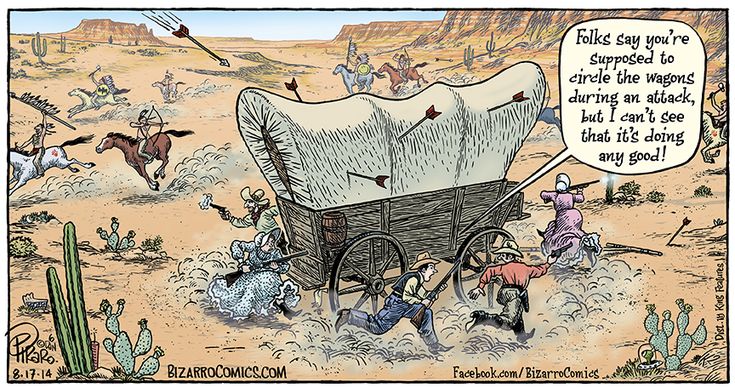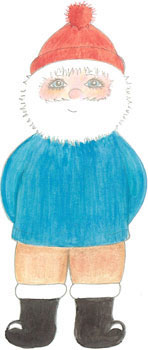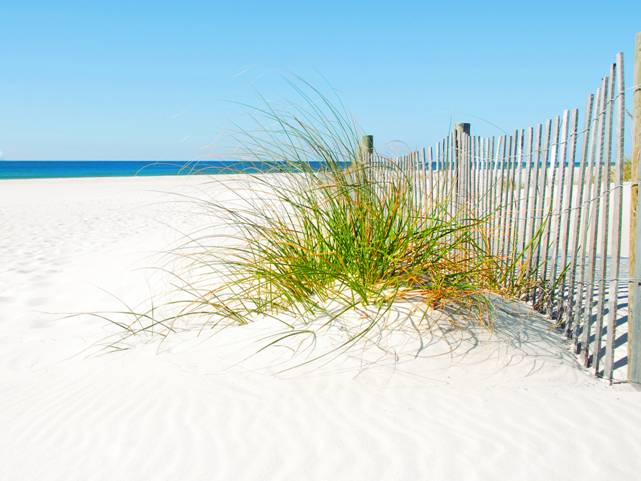
Salty Sam’s Fun Blog for Children
Number 531
Wagon Trains
Hello Everyone
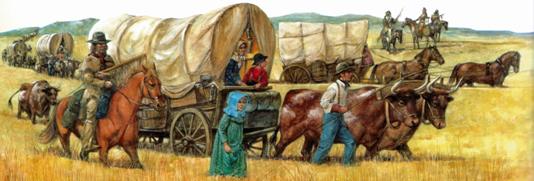
Bill, Bob, Emily and Henry were playing wagon trains in Auntie Alice’s garden this week.
l am not really sure how you play wagon trains, but it evidently involves making a lot of noise. For time to time, from outside, l could hear through the window the words ‘wagons roll’ shouted out; with a lot of whooping and hollering to accompany them!
l do, however, know something about the real wagon trains of history.
Let me tell you the story…
A wagon train was a convoy of covered wagons used by settlers to travel across the vast expanses of land in North America during the 1700s and the 1800s.
The wagons would travel in line along rough mountain tracks – or fanned out across vast prairies; this stopped dust being thrown up by wheels onto the wagon behind when the terrain was very dry.
Some trains were extremely long, maybe up to a hundred wagons. But smaller ones were more manageable and anyone was free to break away to follow their own path along the way.
Large groups of people working together could look out for each other as they travelled through the wilderness.
The Great Plains make up about one third of the whole landmass of the United States. ln the Midwest in places like Kansas the special climate there has created an ecosystem called the tallgrass prairie.
These vast, treeless grasslands owe their character to the constant grazing of the roaming bison and the fires created by lightning from violent electrical storms hitting the ground.
Since the European settlers came, this landscape has been developed and ploughed and farmed and less than 4% of the tallgrass prairie is now left.
Many thousands of people headed west to start a new life in towns and homesteads.
A lot of planning went into organizing a wagon train. The journey in front of them would be long, arduous (tough and tiring) and potentially dangerous and everyone had to be well-equipped before they started out.
Nobody was allowed to join the train unless they could show that they were stocked with enough flour and other provisions like preserved meat, beans, fruit, coffee and salt to see them through the journey. Everyone should be able to feed themselves through the weeks to come. They would need to travel across the Great Plains. These were enormous areas of grassland. There weren’t any shops on the way!
Often wagon masters and guides were employed and men on horseback with rifles rode alongside as protectors.
Or a captain was democratically elected to be in command. Sometimes the guides would be Native Americans because they knew the landscape well.
The journeys would take these people looking for a new life into the west. They were heading for places like Oregon and California. The first people to leave the eastern states to head westward were called pioneers.
A lot of the settlers would congregate in one town and stock up with supplies. Two of the most popular towns they set out from were lndependence and St Louis, both in the state of Missouri.
The journeys would usually start in the spring to make the most of the summer weather. Progress was very slow and it could take five or six months to travel the 2,000 miles from the mid-west to the final destinations. But this was only if the weather was good; heavy rain could delay the travellers by several weeks.
Some wanted free land, some wanted to live in a better climate, some thought they could make their fortune and some wanted to set up autonomous, religious communities – that means that they wanted to be self-governing (make up their own rules and way of living).
A lot of people wanted to move away from the hot, humid, swampy lands of the south and thought that cattle farming and crop growing would be easier by the west coast.
Some wagon trains were more commercial, exporting goods out to newly set up communities for sale.
There were also important stop off places along the way called staging posts. These could be towns with settled communities and stores with supplies.
The wagons were pulled by horses, mules or oxen and people sat up front to control them or walked by the side of the animals to guide them. The oxen were strong, cheaper than mules and could eventually be used as farm animals.
The wagons progressed at about two miles an hour so only about ten miles were covered in a day. The wagons did not have brakes which made travelling downhill difficult.
People spent most of the time walking along side the wagons to lighten the load; the wagons were full of possessions both necessary and treasured. Canopies protected the contents from hot sun and rain; the fabric was water-proofed using linseed oil.
A wagon cost several hundred dollars. The journey was not a cheap one to take.
Babies could be left to sleep in their cradles amongst piles of furniture, chests full of household linens, cooking equipment, tools for building and sewing and large kegs of water. Sometimes things were left at the side of the road when the going got too tough, only very small children, the old and the ill travelled inside the wagon all the time.
A shovel was carried in case it was needed to dig wheels out that had got stuck in a rut or mud or snow.
Each day, the travellers set out early to make the most of the daylight and stopped towards the end of the afternoon to allow the animals to rest and feed. A main meal could be prepared and eaten before it got dark.
The wagons were corralled into a circle to keep the animals penned in for the night.
The people must have felt a mixture of excitement, hope and trepidation when they started out. At the end of their journey they must have felt very tired. Can you imagine walking ten miles every day for months on end?
The journeys were full of risks and perils: diseases, steep, mountain passes, wide rivers, blizzards and attack from the indigenous (local) population of lndians who of course viewed the Europeans as invaders coming into their lands.
Thousands of people died on the trail before they ever reached their destination. Some drowned whilst crossing rivers, some died of cholera or small pox – and a lot died by accidental shooting.
But amazingly very few turned back. They had huge determination in spite of the difficulties they encountered on the trails.
Once train tracks were laid across the continent, travelling into the west became easier and faster.
And even today there are Americans who will take to recreational vehicles (which are large motor homes) to travel long distances in order to find a new life over a distant horizon.
lf you like my blog, please support it by telling all your friends and followers about it.
Thank you!
And see you again next Fun Friday!
Love and kisses
Salty Sam

www.christina-sinclair.com
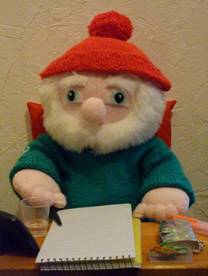

Bill and Bob’s Joke of the Week![]()
![]()
Bill: What do you call a wagon that has been hit by lightning?
Bob: l don’t know.
Bill: A volts wagon!
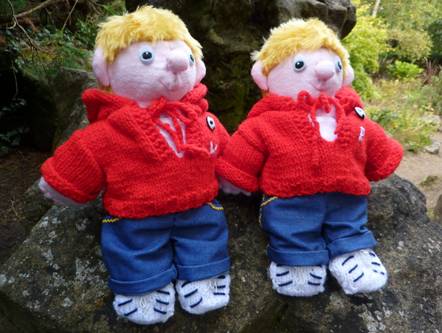
Salty Sam © Christina Sinclair 2015
Unauthorized use and/or duplication of material from this blog without express and written permission from this blog’s author and owner is strictly prohibited.
Links may be used to www.christina-sinclair.com

Picture Gallery
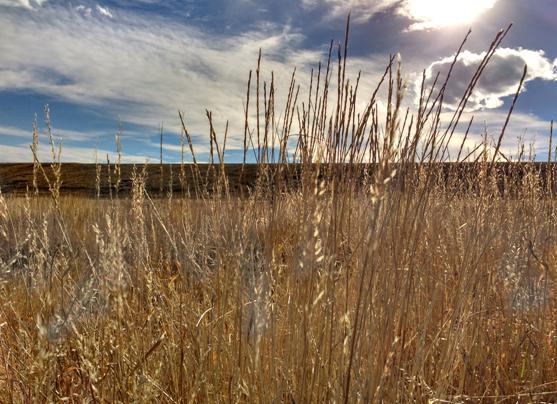 Prairie grassland
Prairie grassland
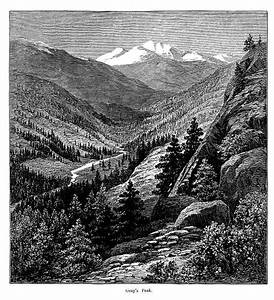 The Rocky Mountains
The Rocky Mountains
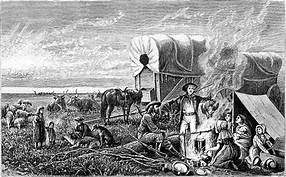 Stopped for the night
Stopped for the night
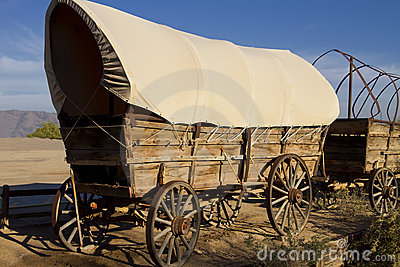 Wooden wagon
Wooden wagon
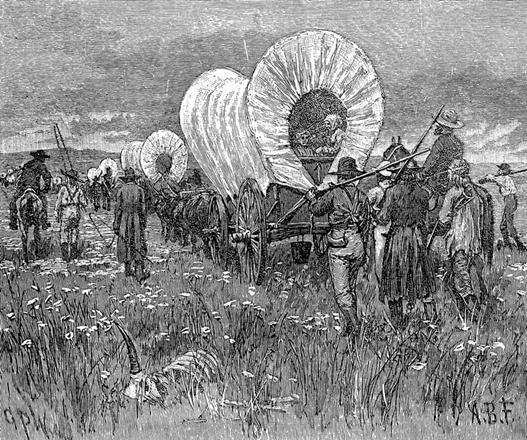 Travelling in convoy
Travelling in convoy
 Western desert
Western desert
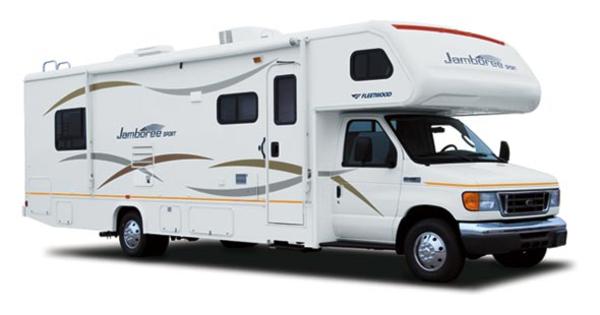 A recreational vehicle of today
A recreational vehicle of today


 THE SALTY SAM NEWS DESK
THE SALTY SAM NEWS DESK

How much do you know about American history?
Do you know who these US presidents are/were?
- The first President
- He was shot dead in a theatre
- A conservationist and naturalist who is associated with teddy bears
- The president during World War I
- He was a brigadier general in World War II
- He was shot dead in Dallas, Texas, he was the first Catholic president
- The only president to resign
- A former Hollywood actor
- He once managed a peanut farm
- He was born in Hawaii
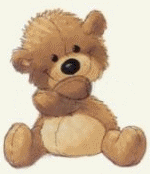
If you would like to visit a tall grass prairie that is closer to home, seeds from the United States have been imported and a mini version of one has been planted up at Wakehurst Place, a five hundred acre garden in Sussex, in order to help conserve the diversity of plant species found on prairie lands.


To all my readers!

Meanwhile back in Rocky Bay this week, we held the first Rocky Bay Fun Run – and it was a lot of fun and a good start to the Rocky Bay tourist season. Everybody congregated at the harbour and waited to get started.
There were lots of competitors, lots of spectators and the rain luckily held off for the whole duration of the run. Some of the streets of Rocky Bay were closed to allow the runners through without worrying about traffic and some people cheered them on from their cottage windows.

I did not win the race, but I did finish; so I was pleased with that.
My weeks of training really paid off, and my family were there to cheer me over the finishing line along with many other runners from Rocky Bay who were ready to collapse by the time they had finished the course.
The people who were wearing funning costumes came in towards the end of the pack because they had more weight to carry as they ran round. They were not nearly as fast as the people who came in first but gave the crowd that lined the route much more entertainment value! There was one man dressed as a deep sea diver and I think he must still be out there somewhere on the course even as I write!
There were water stations along the route. These were tables with cups of water on them for the runners to take so that they would not get dehydrated. The water stations were manned by volunteers who wanted to help but did not want to run.
But at the end of the race I was ready for a nice, hot cup of tea!
Luckily, Bill and Bob’s house was not far from the finishing line in the park so I was able to go there to collapse in the warmth and comfort of Primrose Cottage.
Will I do it again next year? Well, it is too early to say. I will have to recover from this run first!


*********************
TO ADVERTISE ON THIS BLOG
PLEASE CONTACT:
christina.sinclair.ads@aol.co.uk
*********************

 Quick Quiz
Quick Quiz
Do you know who these cartoon characters are?

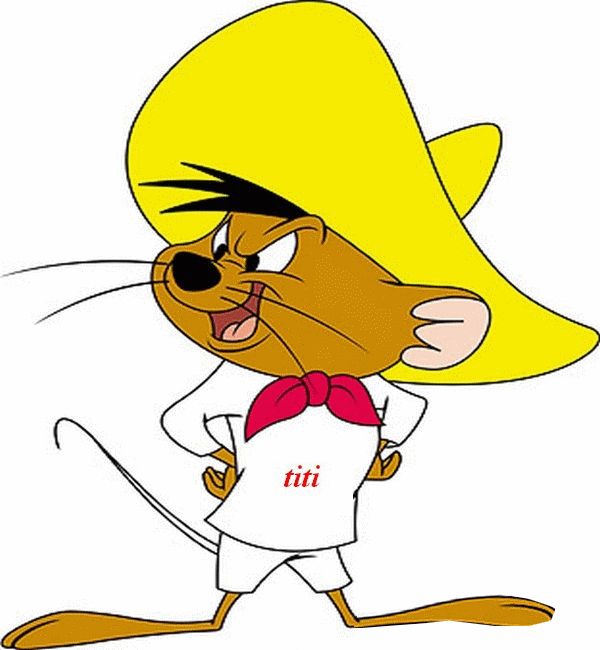
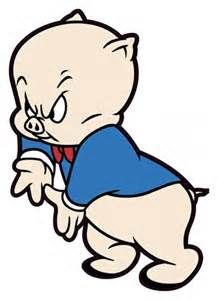
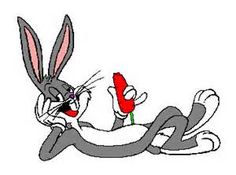



You can find them on YouTube
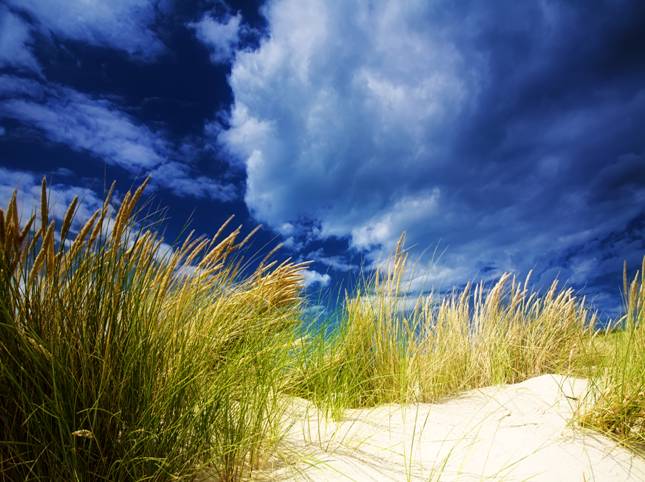


lt’s the Weekend!
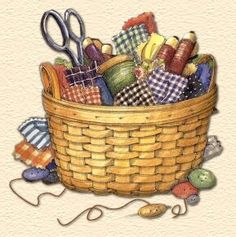
HOW TO MAKE A LlTTLE KNlTTED PlN CUSHlON
When you want to practice a new knitting stitch, it is probably a good idea to do it on a small object to start with.
And why not make a small object that is useful like this pin cushion which can be slipped into a sewing box and taken out when you are working on a project.
You can stuff it so that it lies quite flat or you could stuff it so that it is quite hard; either way it will hold your pins while you work. It is a good idea to not leave pins in it unless you are working with them.
PIN CUSHION (KNIT TWO)
Using 4mm knitting needles and yellow dk yarn cast on 20 stitches
Knit 2 rows of stocking stitch
Slip 1 (knit 3, purl 3) repeat the last 6 stitches twice, knit 1
Repeat the last row 3 times
Slip 1 (purl 3, knit 3) repeat the last 6 stitches twice, purl 1
Repeat the last row 3 times
Repeat this 8 row pattern twice
Knit 2 rows of stocking stitch
Cast off
TO MAKE UP
- Turn the pieces so that the bottom edge of one piece matches up with the top edge of the other
- Sew around the edges using over-sew stitching with wrong sides together
- Leave a gap for stuffing and stuff the cushion evenly before you close up the last seam
- Sew a button into the centre of the cushion – try to find an interesting one
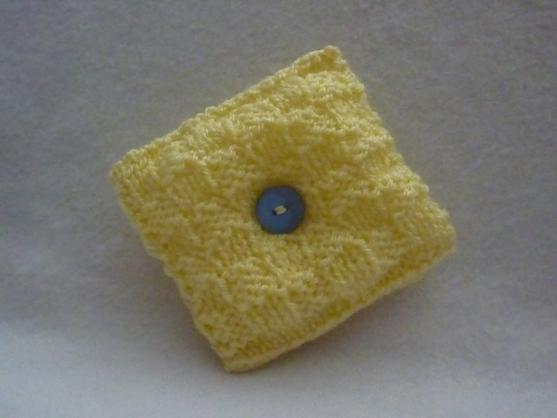
Please note that the material on this blog is for personal use and for use in classrooms only.
It is a copyright infringement and, therefore, illegal under international law to sell items made with these patterns.
Use of the toys and projects is at your own risk.
©Christina Sinclair Designs 2015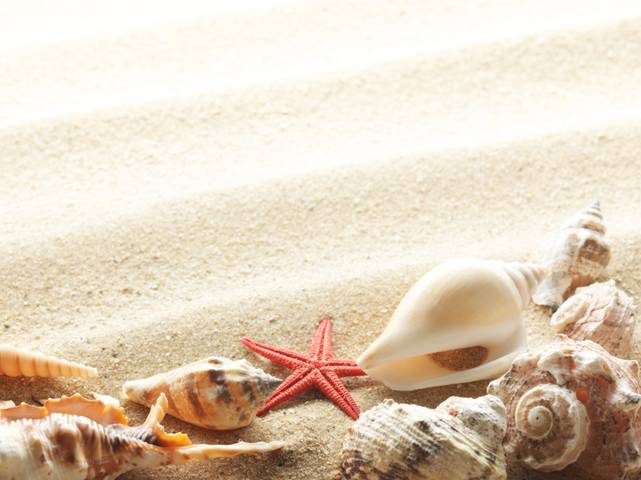

Answers to the News Desk Quiz
- The first President – George Washington
- He was shot dead in a theatre – Abraham Lincoln
- A conservationist and naturalist who is associated with teddy bears – Theodore Roosevelt
- The president during the First World War – Woodrow Wilson
- He was a brigadier general in World War ll – Dwight D. Eisenhower
- He was shot dead in Dallas, Texas, he was the first Catholic president – John F. Kennedy
- The only president to resign – Richard Nixon
- A former Hollywood actor – Ronald Regan
- He once managed a peanut farm – Jimmy Carter
- He was born in Hawaii – Barack Ombama
 The White House
The White House


Quick Quiz Answers
Pepe le Pew
Speedy Gonzales
Porky Pig
Bugs Bunny
Elmer Fudd
Daffy Duck
Road Runner
